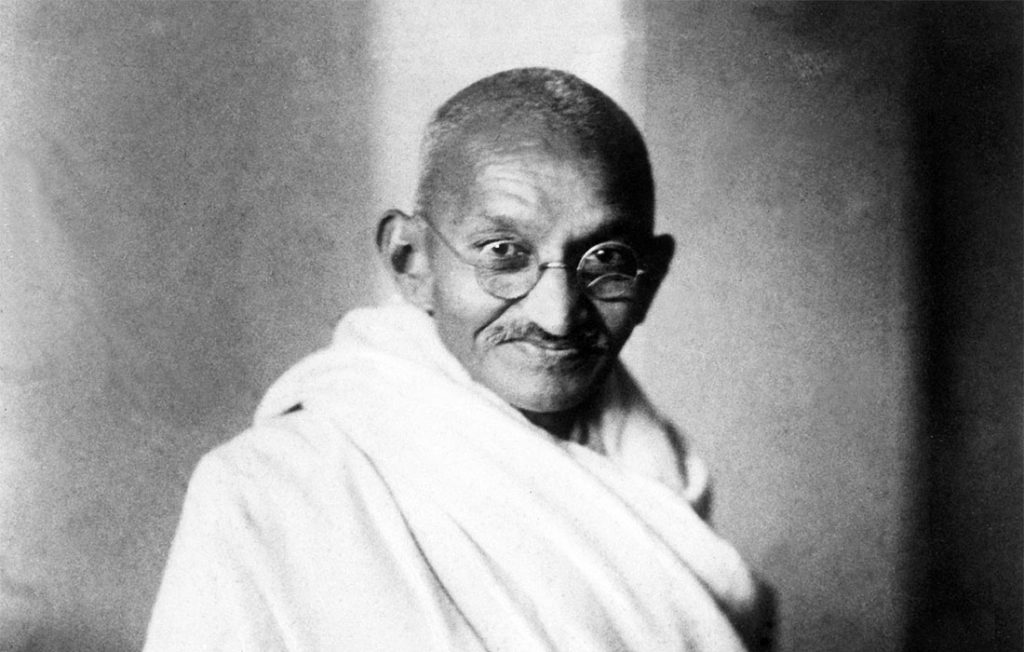Piyush Ranjan Rout
The world is preparing to celebrate the 150th birth anniversary of Mahatma Gandhi October 2. The occasion will be marked in different ways by organising programmes of different kinds globally. Bhubaneswar, an emerging smart city, will also be remembering the Mahatma on the occasion and must leave something for the coming generations to refer back in the history of the modern city.
The plan documents submitted by Otto H Königsberger had envisaged a Gandhi Pillar in the city. The pillar was to be 100-feet tall and was to symbolise the life and teachings of the Mahatma. It was drafted to be built at the centre of the city for which then Prime Minister Jawaharlal Nehru had laid stone in 1948; Bhubaneswar was planned to be independent India’s first planned capital city.
The foundation stone for the city, is today located in the Odisha State Legislative Assembly at PMG Square. But it was not actually the place where the stone was laid in 1948. It was then laid in a forest that may have been part of Chandaka then and has come to be known today in the name of the Mahatma as Bapuji Nagar. Had the Gandhi Pillar Königsberger envisaged been erected at Bapuji Nagar the looks of the locality would have been hugely different; so would the looks of the entire city.
The Gandhi Pillar would not have been merely like a statue of the leader which is commonplace today. It would not have been a statue at all. It would have been similar to the Pillar of Ashoka and was intended to promote Gandhian Ideology among residents and visitors to the city. It would have reminded citizens of the teachings of the Mahatma on which the city was founded.
The 100-foot structure was proposed to be constructed out of reinforced concrete and stone and would have been visible from afar. The concrete core of the pillar was to be covered with local stone, decorated by best sculptures of India, while the stem of the pillar was to be engraved with scenes from Gandhi’s life and his teachings.
In 1948, under `2 crore of financial assistance from the government was adequate to plan and build the city. Today that amount is what consulting firms engaged in drafting plans for the smart city initiative are charging. Had the Gandhi Pillar been built as planned, international cities would have borrowed the idea for theirselves.
Bhubaneswar can still erect a Gandhi Pillar as part of the commemoration of the 150th birth anniversary of the Father of the Nation. This perhaps would give the city Modern Image similar to Schlossplatz and Neues Schloss in Stuttgart’s most beautiful square; Heroes’ Square in Budapest; Yuri Gagarin Monument in Moscow; Nelson`s Column at Trafalgar Square, London; Washington Monument in Washington DC, among others. The Gandhi Pillar would be an answer to the city’s need for a city centre.
The proposed site for the multimodal hub in the heart of Bhubaneswar — between Jayprakash Narayan and Jawaharlal Nehru Park — appears to be the perfect location for the pillar.
The pillar can be at the centre of the hub, with commercial spaces such as shops, offices and hotels around it. The proposed amphitheatre, nature plaza, landscapes, art plaza and children’s zone can be redrawn around Gandhian Philosophy with dedicated streets for pedestrians and cycling, creating an entirely interactive and innovative environment for the residents of Bhubaneswar. The pillar would also be located close to the railway station, bus terminal and parking areas, which will keep it busy.
All major cities abroad have such hubs with open spaces for all seasons along with bus stops, markets, hotels, restaurants, offices, malls, theatres and parking areas. The proposed hub could become one of the most happening areas not just of Bhubaneswar but of India if it raises a Gandhi Pillar.
Piyush Ranjan Rout is an urban planner cum urban management practitioner. He can be reached on Twitter @piyushrout.
